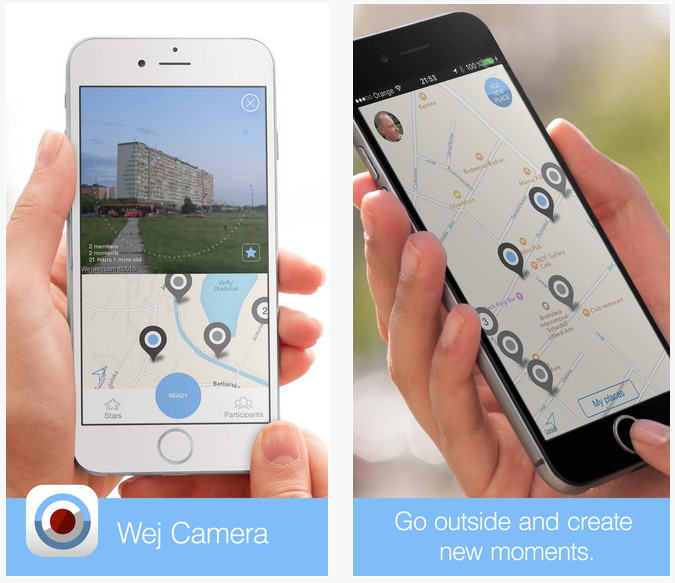The amount tech marvels that are coming out every year is mind-boggling, but we are still dependent on our good old four-wheeled friends. In 2008, there were 700 million cars in the world, and a few years later their total number surpassed 1 billion. You can go by car around the globe, but also find quality ones virtually anywhere. Today you can download an app that will help you buy a car in Tanzania and encounter a quality car dealer in all corners of the earth.
We have come a long way as a human civilization indeed. The road was bumpy, but now we have cutting-edge tires, not wooden carriage wheels. Moreover, we have already witnessed the future in the form of driverless cars. So, you should not be too surprised if you find no one to yell at while waiting at the traffic light one day. And don’t be jealous if your vehicle starts communicating with other car friends on the street because that is just around the corner as well. We are on the doorstep of a new dynamic revolution in transportation.
A wind of change
Cars are already equipped with killer controls for driving, mobile communication, passenger comfort, safety and for pure fun. With features such as air conditioning, navigation, rear reversing cameras and entertainment systems, cars are becoming more and more complex. A robotic Volkswagen Passat and Google’s car aim to go a step further. Controls have become simpler with automation technologies and in such vehicles self-steering is reserved only for daredevils and adrenaline junkies.
This year, 77 public-street permits were issued in California for driverless cars, and they are expected to be commercially available worldwide by 2020. Ford argues that by 2025, all vehicles will have fully automated parking and navigation systems. This is not just a trend or fashion, it’s a push to reduce accidents and eliminate traffic jams. Ford’s own research vehicle is able to scan up to 200 ft. of roadway and send signals to other cars or warn the driver of the incoming dangers.
Is it science or fiction?
Furthermore, Audi A7 Piloted Driving concept car safely traveled 550 miles without human assistance. It can change lanes, make difficult turns and recognize police cars, pedestrians and important objects. Powerful software is the driving force behind it all and it allows the car to “learn” and improve the performance using a training algorithm. Room-sized computers have become microchips barely visible to the human eye, and manufacturers are making good use of such a rapid development.
BMW, on the other hand, has launched a prototype car that drives itself around at the touch of the smartwatch. Using a remote valet parking technology you can have your car pick you up after shopping or work. Or perhaps you would like to take the back seat and drive via your tablet. With just a few clicks it’s possible to adjust the car’s temperature, play the music and manipulate other functions.
These self-driving cars could take the center stage and change the way we perceive transportation. Furthermore, in synergy with virtual reality they could actually reduce the number of cars used on the planet. In won’t be long before we engage in conversation with robots in self-driving taxis. This is not a science fiction movie scenario anymore, it’s a tangible future. The transition will be, and already is gradual, but the results are nothing short of a global driving revolution.
Read More: auto accident attorney in lehi
Smart move
The game has changed and the wheel of time cannot be reversed. Car manufacturers are embracing tech wonders of the modern age and making their vehicles future-ready. In this future there will be no drivers behind the wheel, there will be…well nobody. People will be able to control their vehicles via smartphones, voice and gestures, and assign more time to important duties. And when they are sitting comfortably in their cars they will be able to make video calls, surf the web and immerse in high-tech interior resembling a moving smart home.













